What Is Ferrofluid?
Ferrofluid is a black, solvent-based liquid, that, in the presence of a magnetic field, becomes strongly magnetized. The fluid is made up of nanomagnetic particles coated with an "anti-stick" or surfactant compound, suspended in a "carrier", commonly an organic solvent. For mechanical applications, it is used in hard drives and speakers as a lubricant. However, it also has been implemented in artwork, as seen in the video below.
For more information about ferrofluid, see here.
You Will Need
Materials
- You'll need some laser printer toner (can be found at most office supply stores)
- Motor oil or kerosene (found at most hardware stores)
- Oleic acid (found online here)
- Household ammonia
Note: The Oleic acid is not exactly necessary, olive oil or citric acid can be substituted for a less than desired result. If you're looking for ferrofluid like the liquid used in the video above, use Oleic acid.
Tools
- A stir stick or spoon
- Glass (Pyrex) container
- A heat source (stove)
- Measuring equipment
The Procedure
- Add 150 ml of ammonia into one of the Pyrex containers, then add about three tablespoons of toner.
- Heat the mixture to near boiling, then add the oleic acid (or substitute). This will produce ammonia gas, so do this in a well-ventilated area! The oleic acid reacts with ammonia to form ammonium oleate. Heat causes the oleate ion to enter the mixture, while the ammonia escapes as a gas. When the oleate ion binds to the toner it is reconverted to oleic acid.
- Now, stir in 100ml of kerosene (or motor oil) and add it to the beaker.
- Let cool, then pour off any water left on top of the mixture.
Usage
To use, bring a magnetic field (magnet) near the liquid, and observe the amazing liquid structures that form in the presence of the field. Don't let the magnet touch the ferrofluid, it will cause a very messy, toner-covered magnet to clean.
Tips
- Try placing a coil of copper wire into the liquid, then attaching it to an amplifier. Use a signal generating program to pulse the coil, and observe the results!
- Store in a closed container.
- Don't spill the ferrofluid! Its very very messy and colors anything it touches black.
Warnings
- Ammonia, liquid or gas is very dangerous, don't ingest or inhale it.
- Kerosene and motor oil are also poisonous, be careful.
- I am not responsible for any damage, harm or ruined clothing.
- Stoves are hot! Don't burn yourself
Just updated your iPhone? You'll find new emoji, enhanced security, podcast transcripts, Apple Cash virtual numbers, and other useful features. There are even new additions hidden within Safari. Find out what's new and changed on your iPhone with the iOS 17.4 update.
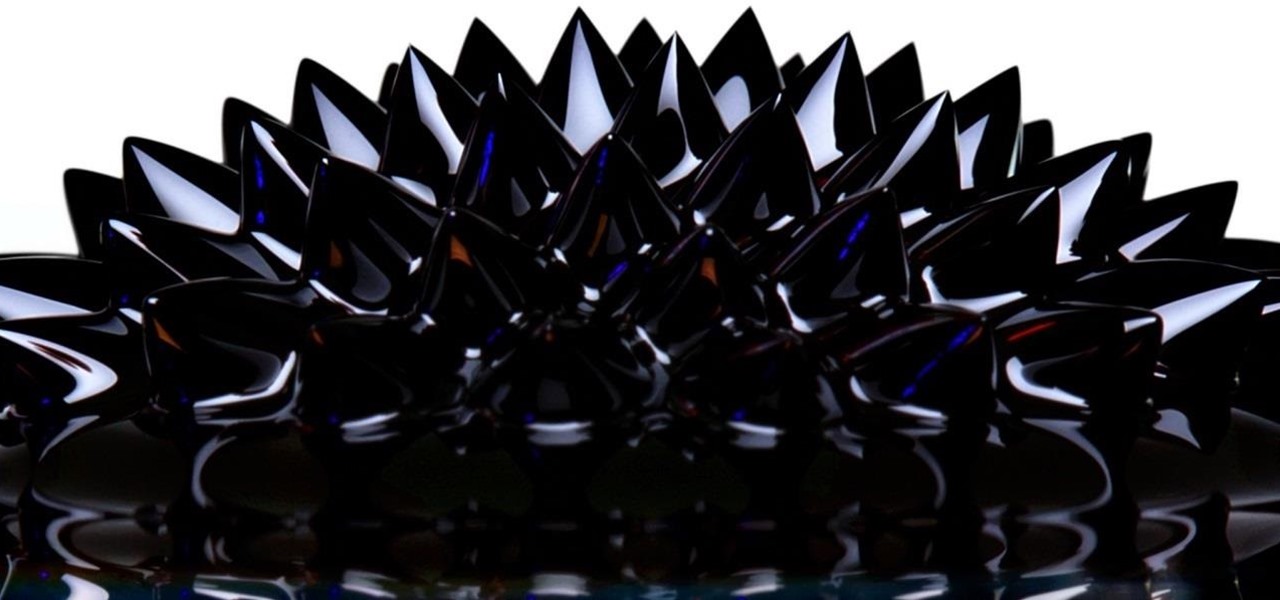


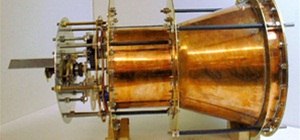


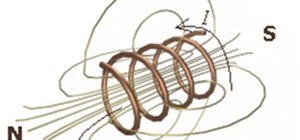
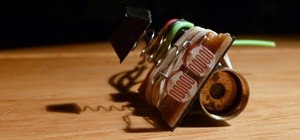

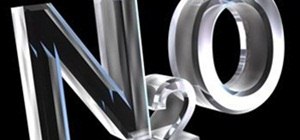
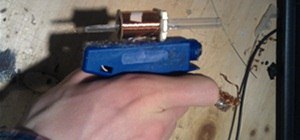
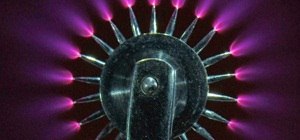

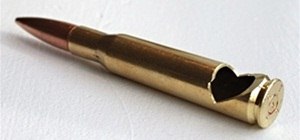
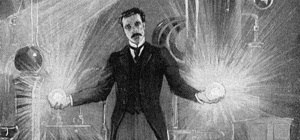
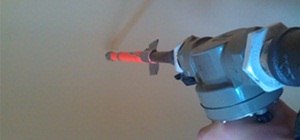
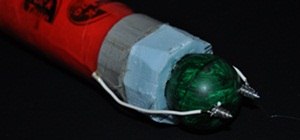

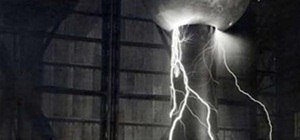
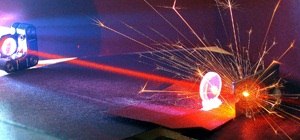
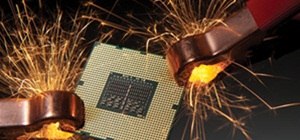
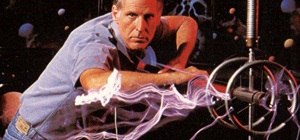
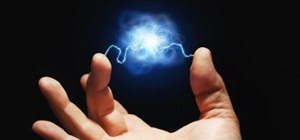
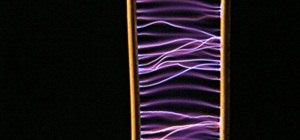
13 Comments
And no one has commented on this? This is absolutely awesome. Props to you.
Thanks!!! another cool thing to do with it is mix it with corn starch, then put it on a speaker...not only does it make crazy shapes, but also creates structures representing the fluctuating magnetic field from the speaker.
I've seen this before. It is really amazing. The only reason why I didn't comment is because Chris will start thinking I'm a stalker. Every damn post he does is worth praising. xD
BTW, you can make this fluid by emptying your black toner into a beaker, then adding some veg oil in and stirring it up. Will react roughly the same if done right.
yeah, i tried that method, it seems to only make one large "tendril" and not multiple little ones. Thats what the oleic acid is for, if you want multiple tendrils :) and thank you!! im glad you enjoy my posts XD
could you use another type of oil like mineral oil or something less hazardous?
any organic solvent will work :)
I wonder what kinda of electrical ratings with would produce.
Not sure....I'll test it and let you know :)
You did not mention how much oleic acid to add?
about 5mL, i think
Thanks for posting this Christopher, I tried this today for my physics project but when I mixed the oleic acid and the toner and heated it for a little while it clumped together... now i have a solid, insoluble, brittle toner putty rather than a fluid. Where did i mess up? It wasn't my use of mineral oil for the carrier instead of kerosene, because the toner+ammonia+oleic acid+heat solution clumped up before I even added the mineral oil. I'm thinking it's because toner is meant to fuse under high heat? I just dont know what went wrong...any advice?
How 'bout if you run a wire through it?
Can I use magnetite/magnetic black sand instead of toner?
Share Your Thoughts